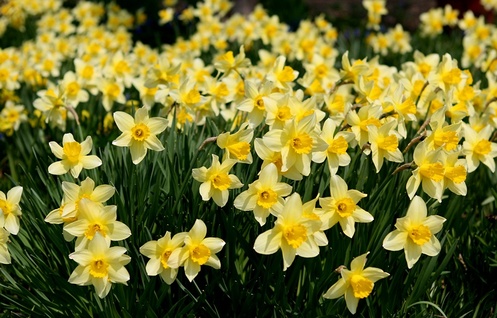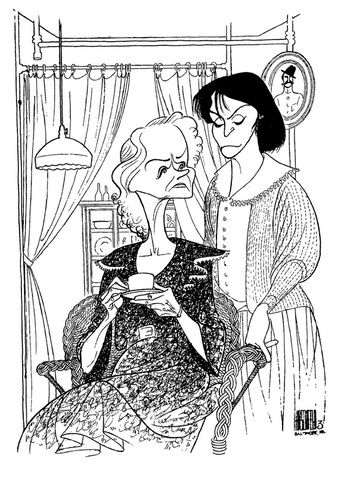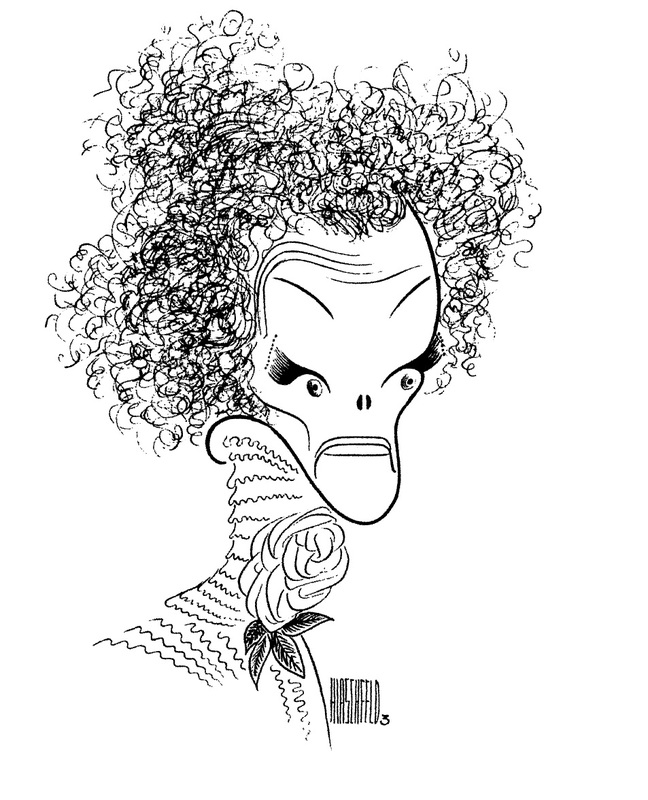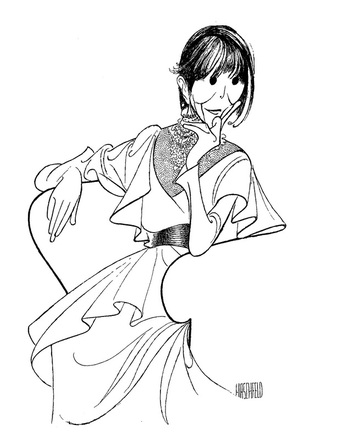Here are the basic questions that I ask students to consider:
On symbols:
Part of how Williams develops his characters is through the things that they say and do (including the things that people say about them), and part of how he develops his characters is through symbolism. Certain concrete items in the play become invested with meaning because of how the characters talk about them.
Consider the following symbols in relation to each character. Look at the various symbols and discuss how these items in the play reinforce, qualify, or nuance what we know about the character through dialogue and/or stage directions.
Laura: the glass unicorn in her menagerie, the blue roses, birds, and the Victrola (a type of phonograph where the speaker is hidden inside a piece of furniture).
Tom opens and closes the play with soliloquies at the same time that a scrim drops down and completes the fourth wall to the Wingfield apartment. He also calls himself the “narrator” of the play and tells us that this is a memory (i.e., that this is his memory). To some extent everything we see is supposed to be biased because it is filtered to us through Tom’s memory. Look at his soliloquies. What is he saying? How are we supposed to understand his escape at the end: necessary to save his life, completely selfish, or something else in between?
This last question is the big one that students enjoy talking about. To some extent, students will either sympathize with or judge Tom depending on how they read the character of his mother, Amanda.
Amanda Wingfield is a divisive character, and I have found that it is useful for students to realize that their reading of her might not have been at all like their classmates. To this end, I have found it incredibly useful to bring in images from Al Hirschfeld's illustrations of various actresses who have performed the role of Amanda in stage productions of the play. The Historic New Orleans Collection (which houses the Williams Research Center) has collected an amazing book entitled Drawn to Life: Al Hirschfeld and the Theater of Tennessee Williams. (You can buy the book here.)
All of the images below are from the book, where you can also find a treasure of Hirschfeld's illustrations for all of Williams' plays if you are interested.
| | |
I ask students to think about what qualities of Amanda are captured in the performances of these various actresses, to consider how a casting director might want to emphasize one reading of Amanda through a particular actress, or how Hirschfeld may have emphasized various qualities of Amanda through his portraits. I ask them to look for lines that support the various interpretations of her character, and then to consider whom they would cast to play Amanda if they were in charge of casting a play.
This has been another installment of "My Smart Friends." My approach to teaching the play was shaped by my best friend, ironically named Amanda, who works at The Historic New Orleans Collection, and who introduced me to this marvelous teaching aid. Thanks, Amanda! Y'all should go visit The Collection if you're in NOLA.








 RSS Feed
RSS Feed